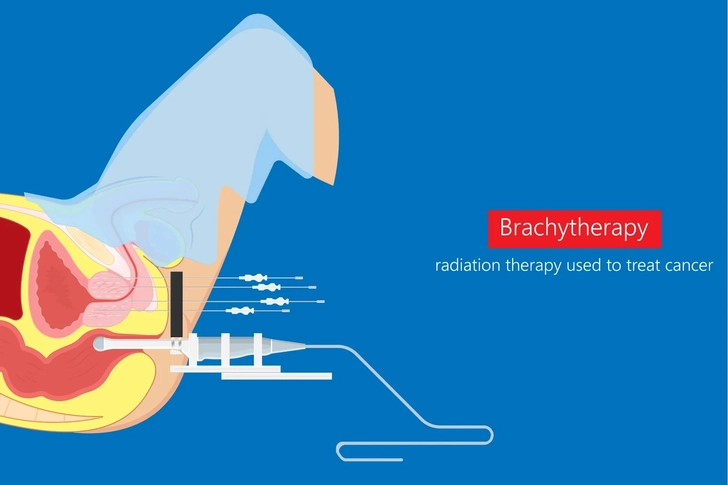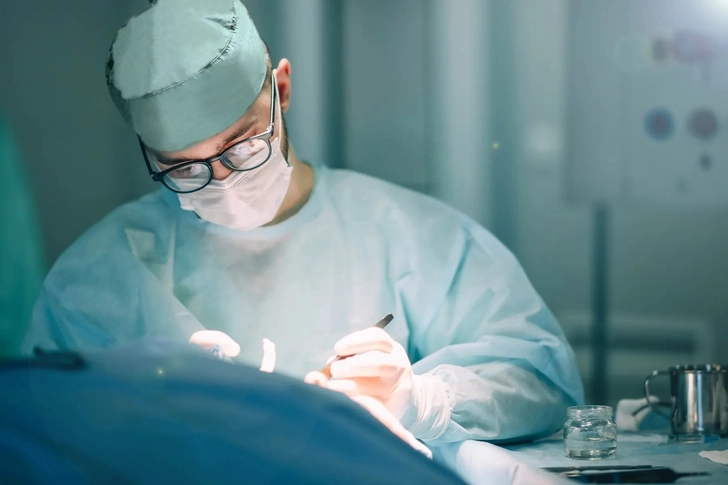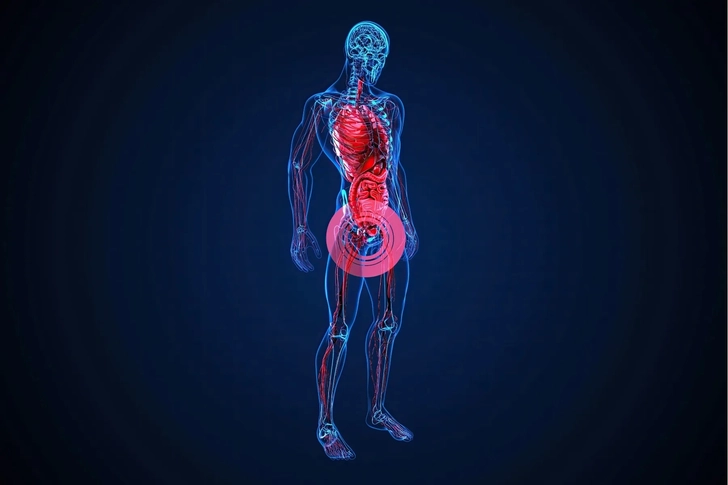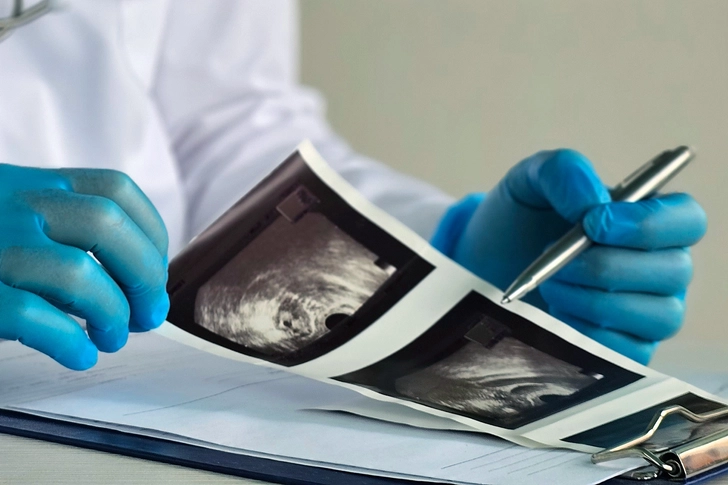- Overview
- Causes & Risks
- Symptoms, Stages & Types
- Tests & Diagnosis
- Your Prostate Cancer Care Team
- Treatment
- Remission & Recurrence
- Living With
- Support & Resources
- Appointment Prep
- View Full Guide
Radioactive Seeds for Prostate Cancer


What Is Brachytherapy?
Prostate cancer is a common form of cancer in men, with over 190,000 new cases diagnosed each year in the United States alone. One treatment for it is radioactive seed implants, a form of radiation therapy. It's also called brachytherapy, and there are two types.

Permanent (Low Dose Rate) Brachytherapy: LDR
LDR brachytherapy is a minimally invasive procedure where small radioactive seeds are implanted into the prostate gland. These seeds deliver a high dose of radiation to the prostate with minimal damage to surrounding tissues. The seeds stop releasing radiation after a few months.

Temporary (High Dose Rate) Brachytherapy: HDR
HDR brachytherapy involves the use of hollow needles or catheters that are filled with radioactive material for a short period of time. This is repeated multiple times over the course of a few days. This method allows for a precise delivery of high-dose radiation to the prostate. The needles or catheters are removed after the final treatment.

Who Can Get This Procedure?
Due to the limited tissue penetration of the radioactive seeds, this procedure is most effective for patients with prostate cancer that is contained within the prostate and is not very aggressive. A transrectal ultrasound is done before the procedure to determine the best treatment plan for each patient.

What Happens Before the Procedure?
Before the procedure, a transrectal ultrasound is performed to gather specific details about the case. Doctors use this info to custom-design the treatment plan. In some cases, the ultrasound and treatment plan can be done at the same time as the implantation of the seeds.

What Happens During the Procedure?
The entire procedure takes about 90 minutes and is usually done on an outpatient basis. A radiation oncologist and a urologist work together to perform the procedure. The radioactive seeds are placed into the prostate through needles or catheters using continuous ultrasound guidance. No surgical incision is necessary, but the procedure is done under anesthesia.

What Are the Results?
Studies have shown that brachytherapy, either alone or in combination with external radiation, is as effective as other treatment options such as surgery. This method has a high success rate in treating prostate cancer.

What Are the Side Effects?
The most common side effects of this procedure are frequent urination and burning during urination. These can usually be managed with medication and improve over time. In rare cases, impotence and bowel problems may occur.

Talk to Your Doctor
Radioactive seed implants offer a convenient and effective treatment option for prostate cancer. If you or a loved one is considering this procedure, consult with your doctor to determine if it is the right choice for you.
IMAGES PROVIDED BY:
- Shutterstock
- Shutterstock
- Shutterstock
- Shutterstock
- iStock/Getty Images
- iStock/Getty Images
- Shutterstock
- Shutterstock
- Shutterstock
SOURCES:
American Brachytherapy Association.
American Cancer Society.
American Urological Association.